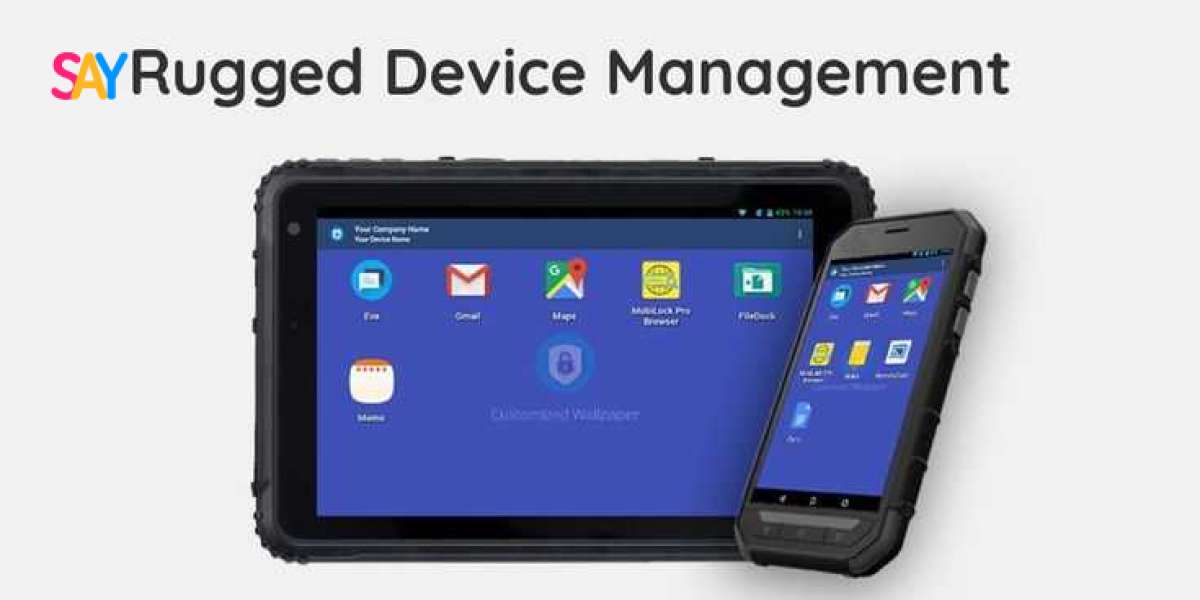Embracing smart technology into office setups is no longer merely fashionable; it's a strategic necessity for businesses looking to boost efficiency, productivity, and connectivity. From IoT devices simplifying routine tasks to sophisticated systems orchestrating energy consumption, the potential benefits are extensive. Smart technology enhances operational efficiency by automating workflows, optimizing resource allocation, and fostering seamless communication among teams. These advancements not only streamline day-to-day operations but also empower employees to focus on strategic initiatives that drive business growth.
However, along with these benefits come challenges such as cybersecurity risks, the need for scalable infrastructure, ensuring smooth adoption across diverse workforce demographics, and effectively managing multiple devices through Mobile Device Management (MDM) software. Despite these hurdles, the future of smart office technology promises continued innovation with advancements in AI-driven insights, edge computing capabilities, sustainable practices, and robust MDM solutions. Embracing these trends ensures businesses remain competitive, adaptable, and equipped to meet the evolving demands of modern work environments. MDM software plays an important role in securing and managing the myriad of devices connected to smart office networks, ensuring compliance with corporate policies and protecting sensitive data from potential threats.
1. Understanding Smart Technology in Office Environments
Smart technology encompasses a range of interconnected devices and systems designed to collect, analyze, and act on data autonomously. In an office context, this can include IoT (Internet of Things) devices, AI-driven automation systems, smart sensors, and integrated software platforms. These technologies work together to create an environment that adapts to user behavior, enhances operational efficiency, and improves user experience.
2. Key Benefits of Smart Office Technology
- Enhanced Efficiency and Productivity: Smart devices automate routine tasks such as scheduling meetings, managing inventories, and adjusting environmental conditions like lighting and temperature. This automation frees up employees to focus on more strategic, value-added activities.
- Improved Connectivity and Collaboration: IoT devices enable seamless connectivity between employees, devices, and systems. This connectivity fosters collaboration through shared data insights, real-time communication tools, and virtual meeting platforms, regardless of geographical locations.
- Cost Savings and Sustainability: Smart technologies optimize resource usage, leading to reduced energy consumption, lower operational costs, and minimized environmental impact. For instance, smart lighting systems adjust brightness based on natural light levels, contributing to energy efficiency.
Also Explore: Apple Device Management
3. Implementing Smart Technology in Office Spaces
- Assessing Needs and Priorities: Before implementation, it's crucial to assess specific office needs and prioritize areas where smart technology can deliver the most significant impact. This could range from upgrading conference rooms with video conferencing capabilities to implementing smart HVAC systems for energy management.
- Choosing the Right Technologies: Selecting suitable smart devices and systems involves evaluating factors such as compatibility with existing infrastructure, scalability, security features, and vendor support. For example, integrating a smart access control system may require seamless integration with the office's security protocols.
- Integration and Deployment: Implementing smart technology should be approached systematically, ensuring minimal disruption to ongoing operations. Collaborating with IT professionals and vendors during deployment can streamline integration processes and mitigate potential compatibility issues.
4. Challenges and Considerations
- Security and Privacy Concerns: As more devices become interconnected, ensuring robust cybersecurity measures is paramount. This includes implementing encryption protocols, regular software updates, and educating employees on cybersecurity best practices.
- Scalability and Future-proofing: Office environments evolve, requiring smart technology solutions that are scalable and adaptable to future needs. Choosing flexible platforms and devices that can accommodate future upgrades and expansions is essential for long-term viability.
- User Adoption and Training: Introducing new technologies may encounter resistance from employees unfamiliar with the systems. Providing comprehensive training programs and ongoing support can facilitate smoother adoption and maximize the benefits of smart technology investments.
5. Future Trends in Smart Office Technology
- AI and Machine Learning: Advances in AI and machine learning are enhancing the predictive capabilities of smart office systems. AI-driven analytics can optimize workspace layouts, predict equipment maintenance needs, and personalize user experiences based on behavioral patterns.
- Edge Computing: Edge computing brings processing power closer to IoT devices, reducing latency and improving real-time data analysis. This enables faster decision-making and enhances the responsiveness of smart office applications.
- Sustainability Initiatives: Smart technologies play a crucial role in supporting corporate sustainability goals. Integration of renewable energy sources, intelligent waste management systems, and eco-friendly building designs are becoming integral components of smart office solutions.
Also Read: Android MDM solution
Integrating smart technology into office setups represents a transformative shift towards more efficient, connected, and sustainable workplaces. By leveraging IoT devices, AI-driven systems, and advanced analytics, businesses can not only enhance operational efficiency and productivity but also foster a collaborative and adaptive work environment. As technology continues to evolve, embracing smart office solutions will be instrumental in staying competitive and meeting the evolving expectations of employees and stakeholders alike.
In summary, the journey towards a smart office begins with a strategic assessment of needs, careful selection of technologies, and proactive management of implementation challenges. By embracing smart technology, businesses can pave the way for a future-ready workplace that supports innovation, agility, and sustainable growth.




